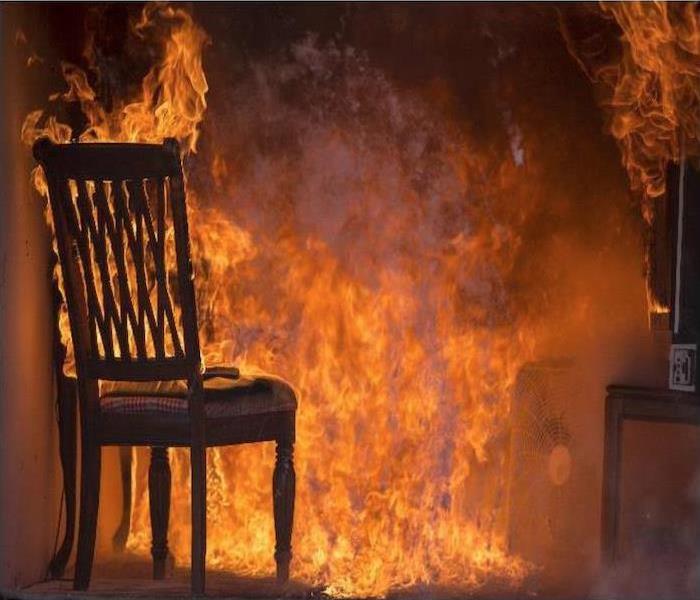Should I Apply Water to Smoke Deposits, Soils, and Residues in Glendale?
4/12/2022 (Permalink)
 Deciding on the most effective restoration method requires careful assessment and planning of the types of damage sustained in the property.
Deciding on the most effective restoration method requires careful assessment and planning of the types of damage sustained in the property.
Introducing Water to Smoke Residues Can Cause Further Damage. SERVPRO Fire Damage Restoration Services in Glendale Can Mitigate and Restore your Home Professionally.
Is It Wrong to Apply Water to Smoke-Damaged Surfaces?
We have extensive experience working with residents in Glendale to help them overcome the aftermath of a fire. While water can be an effective measure to clean surfaces of smoke residues, the introduction of water is usually reserved for a later restoration stage- once other options are exhausted. Dry soots, for example, often respond better to mechanical action than water. The mechanical movement focuses on producing friction, which can dislodge soots from surfaces. It can be a useful measure, especially on textures or materials that may respond negatively to the introduction of chemicals or water-based cleaning methods. SERVPRO recommends that you perform light vacuuming over smoke residues before introducing liquids, a low-risk method of dislodging soot particles from surfaces.
What Tools Do Professionals Use for Dislodging Soot and Smoke Residues?
When performing fire damage restoration for Glendale residents, SERVPRO technicians have several tools at their disposal. Dry soots may be tough to remove with household vacuum cleaners in large quantities. These dry soot deposits may need massive agitation to dislodge them from surfaces. We use roto pads and brushes, which rotate rapidly and can be effective at buffering or polishing solid surfaces like wooden floors or metal surfaces. Blast cleaning is an even more aggressive strategy that fires tiny particles of sand, dry ice, CO2, or baking soda against the surface to wear away exterior layers of dry soots and smoke. Blast cleaning can hurt porous surfaces, so our technicians carefully assess the area before using heavy agitation equipment.
What Household Items are Helpful for Dislodging Dry Soots?
- Dry cleaning sponges are useful on dry soots but spread oily deposits
- Feather dusters and dusting clothes with a light mineral oil
- Crumbly cleaner, which is useful on fragile surfaces like photos or artwork
Deciding on the most effective restoration method requires careful assessment and planning of the types of damage sustained on the property. Contact SERVPRO of Eagle Rock / South Glendale at (323) 255-1000.

 24/7 Emergency Service
24/7 Emergency Service